reviewed by Christina Lopez
Continuous exposure to radiation can lead to many ailments. The waves generated from electronic devices like Mobile, and Wifi can cause skin burns & acute radiation sickness. If it continues for the long term, there are risks of severe complications like cancer and cardiovascular diseases.
The rapid technological advancements over the past few decades have increased exposure to harmful radiation to a great extent. It is necessary to ensure we remain protected from such emissions.
Contents
Several reports & researches have suggested that several plants, herbs & Succulents can protect us from radiation.
Plants absorb the radiation and limit our exposure to it. They not only purify the air but also incorporate the emissions produced due to electronic devices. \
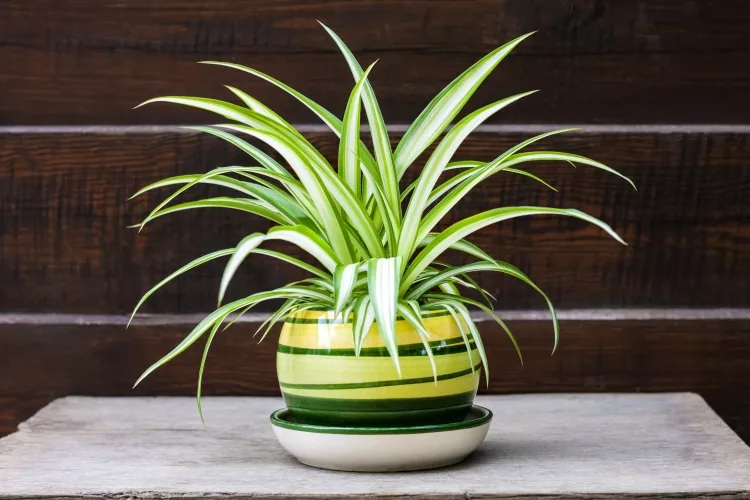

Cacti absorb most radiations. Its stem is a vital part. The absorption takes place in the stem part of the plant. They live in arid conditions and are commonly found in desserts.
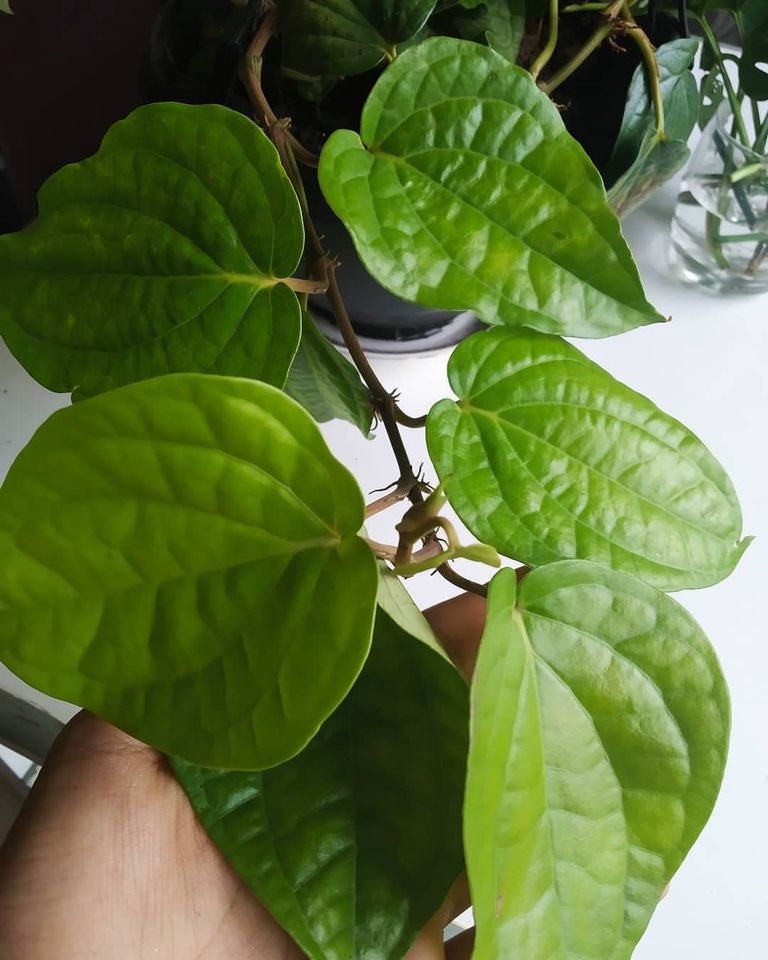
Betal leaf plants can grow indoors with partial sunlight, and it has been proven that it protects DNA from radiation in certain conditions.
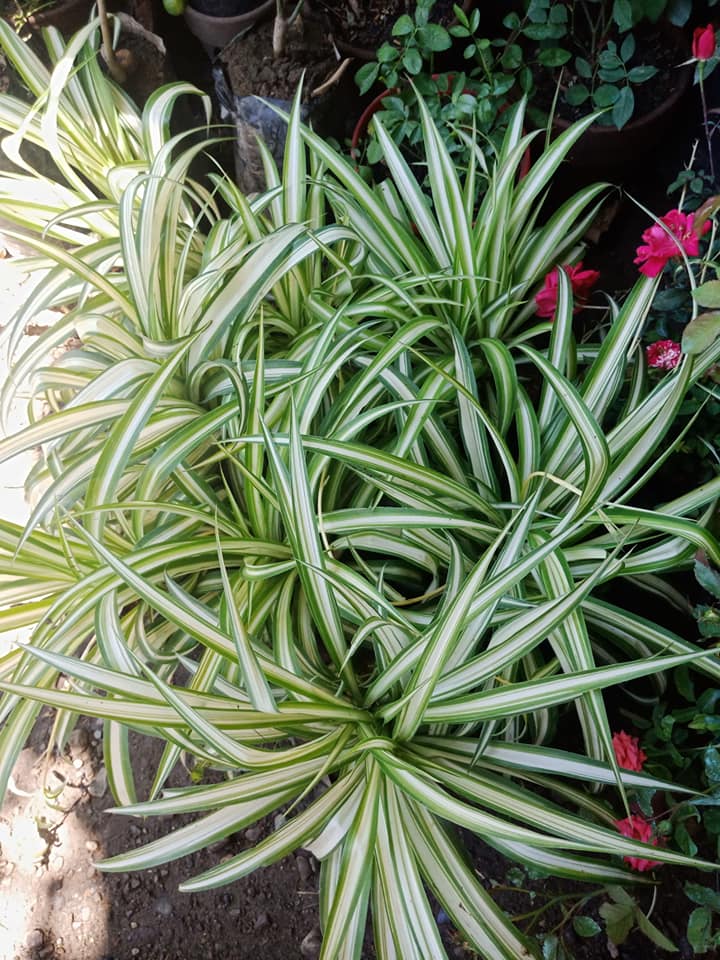
Chlorophytum Comosum, known as the spider plant or the airplane plant, can have the ability to clean off pollution and can absorb radiation in the home.
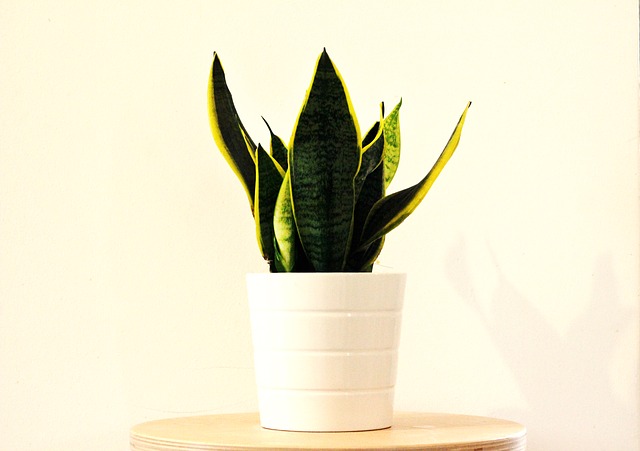
Sansevieria plant is an anti- pollutant used as an antidote to certain forms of radiation that can harmlessly absorb different types of poisons.
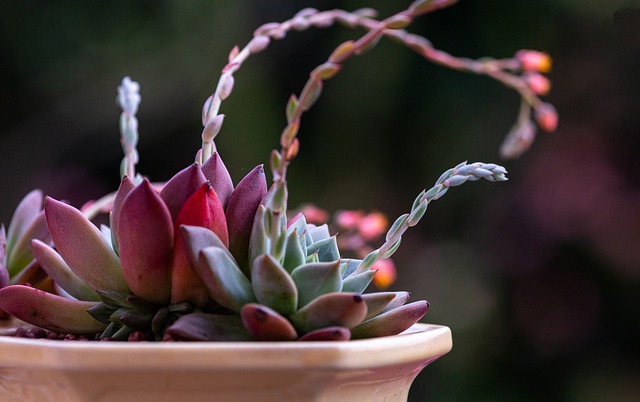
Stone lotus flowers purify the air and can keep on top of your desk because their size is perfect. Health benefits of the stone lotus flower are compelling, and it is useful in absorbing the radiations from the air.
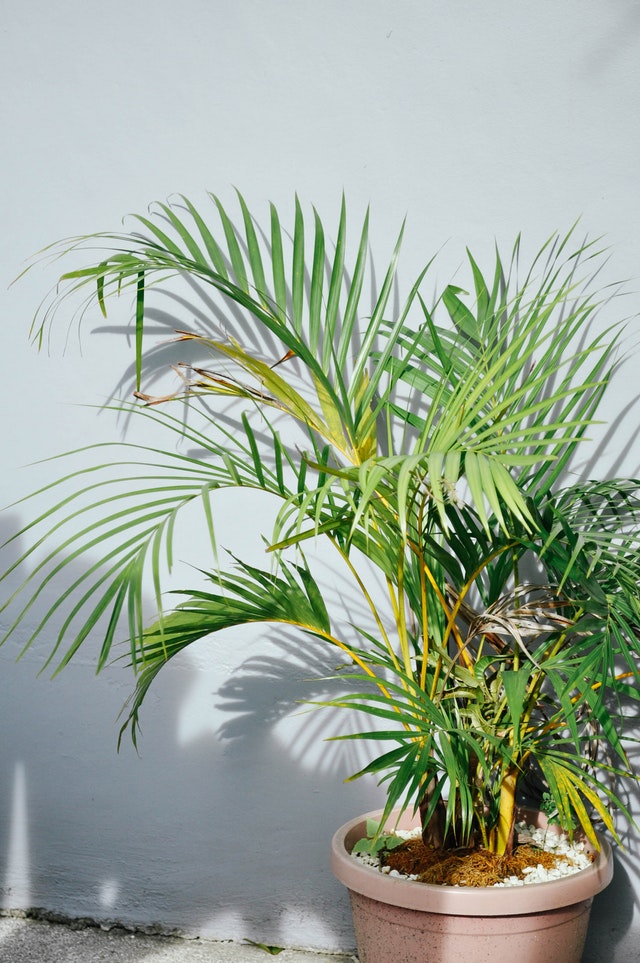
Areca palm is a popular house plant, and It can purify the air of toxins and improve the air quality in your home. People who have a dry climatic condition it is a better way to get humidity in natural form in your home.

Aloe Vera is the plant that has a lot of medicinal uses, which can be used for emergency purposes. People use it to improve their beauty. Aloe Vera absorbs radiation such as Emf, which are present in the environment.

Sunflower plant absorbs radiation and is considered to be the best one due to some of the incidents such as Chernobyl, so many sunflowers were planted that helps in absorbing the radiation. It is not recommended for indoors.
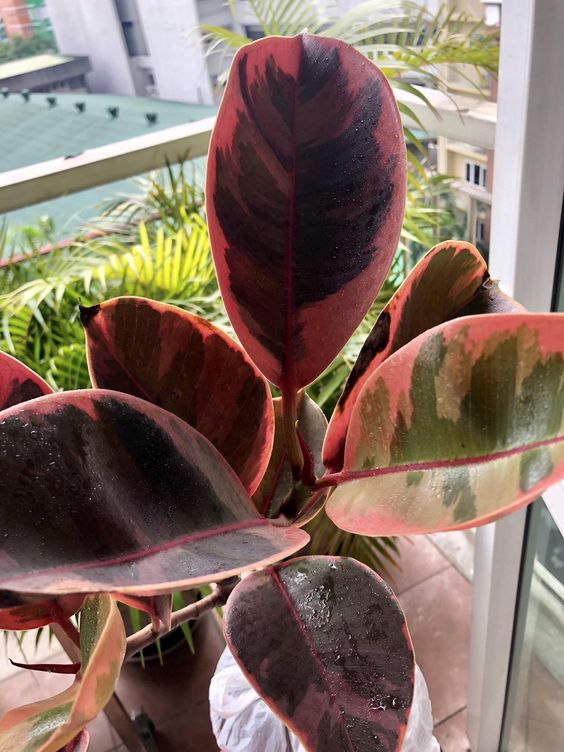
Rubber plants absorb radiation and naturally cleanse the air. It can be planted indoors and easy to maintain.
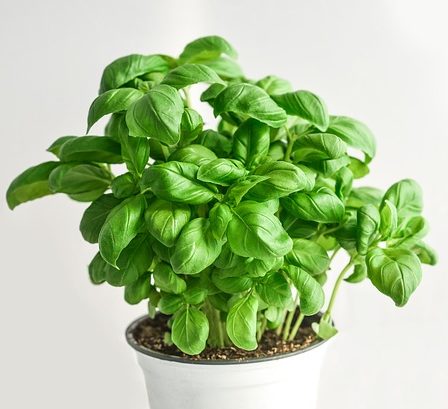
Holy basil or tulsi is found in many subcontinents in India and has so many medicinal values, used in the preparation of essential oils. It is widely used in herbal tea and Ayurveda, it protects from radiation and acts as a shield.
Tinospora cordifolia is commonly known as Heart-leaved moonseed has a lot of medicinal values used in reducing diabetes and to boost the immune system.
Ivy is one of the best radiation absorbers and can absorb 90% of benzene in the air within 24 hours. It will clean and purify the air and improve air quality by removing substances such as carbon dioxide, carbon monoxide, etc. If you have the more bright light in the home, it is easy to grow.
Asparagus Fern has antioxidant properties that help in preventing damage caused by gamma radiations and is a healthy plant in absorbing electromagnetic waves that may come from electronic devices like tv, computers, etc.
Mustard greens contain nutritional values used in the preparation of food items and act as a great protector from electromagnetic radiations. They can grow indoors cause it is instrumental in protecting damage caused by oxidative stress or pollution.
Field Mint flavor of it is sweetly aromatic and gives a refreshing feeling after eating, used in the preparation of ice creams, herbal teas, etc. It helps in preventing radiation like gamma. It can grow indoors, and 1-3 hrs of sunlight is required.
Plants, especially with water in it, absorb radiation. Anything conductive, especially with water in it, will absorb radiation. The amount of radiation from a computer is meager and below dangerous levels.
They DO absorb RF to a measurable degree, but they do not consume a significant amount. Also, they have to be in the line of sight between you and the radiator. Plants do not attract radiation; they simply help to mitigate it via absorption.
Indoor Plants do look good, emit fragrance, and give oxygen. They help in detoxifying the air and increase the metabolism rate. We need to create our lifestyle free from radiation and breathe the fresh air by planting trees and making some changes according to our requirements.
The amount of radiation from a computer is comparatively low and below dangerous levels but can harm you in the long run. Indoor Plants help you Protect ourselves from pollution and toxins.
Kernite or Colemanite crystals are Boron based; they accept and ionize the radiation and absorb a low dosage nuclear radiation environment. Shungite has the most absorbing and neutralizing properties and contains a natural material with molecular carbon cages. The structure of it is different and helps in neutralizing the EMFs.
Shungite products are carefully studied and tested. Electronic gadgets like cell phones, laptops, and computers are protected from radiations such as electromagnetic fields.
Amazonite blocks electromagnetic smog, keeping it near to your monitor will block adverse effects. Hematite protects us from various radiations, especially which are harmful.
Unakite stone has a vibration that is unique and shows a reverse effect to radiations. Sodalite is known for its ability and helps us from mental confusion and prevent emissions. Black tourmaline repels the negative energies that cause discharge.
Shangite eliminates negativity, cleanses, and repels the radiations. Radiations are protected by grounding them with the help of sea salt.
Succulents have thick fleshy leaves or stem adapted to storing water and are easy to grow indoors with minimum effort.
Most of the succulents need at least 4 hours of direct sunlight daily, but they survive even in harsh conditions. They can be kept in windows.
They are damaged if they have too much exposure to sunlight and become sunburned, leaving scars on their leaves.
Succulents are sound absorbers of radiations around your room and nearby cell towers.
Yes, they absorb radiation NASA studies have proven that they absorb Emf radiations and prevent health from various illnesses.
Cacti flowers absorb computer radiation. Sunflowers will clean up nuclear fallout.
Tulsi leaves act as a shield against radiation. Peace lily absorbs radiation and keeps away from respiratory problems and is one of the best air-cleaning plants.
Continuous exposure to mobile radiation can cause many problems. Waves generated by electronic devices like Mobile, wifi can cause skin burns & radiation sickness.
The more we expose to technology, the more we should worry about the radiation growing indoor plants is one of the best ways to protect from radiation. To protect from radiation, set airplane mode as soon as possible and don't use gadgets while plugged in.
Many researchers have proven the fact that plants absorb the radiation. The radiation that are emitted by the devices may even lead to severe complications like cancer and cardiovascular diseases. Plants absorb radiation and limit our exposure to it.
30 Plants that Absorb Carbon Dioxide and Eat Pollution
15 Indoor Plants to absorb Humidity & Maintain Temperature
Top 10 Air Purifying Indoor Plants
30 Plants that Absorb Carbon Dioxide and Eat Pollution
10 Indoor Plants that help with Headache
 |
 |
 |
 |

About Christina Lopez
Christina Lopez grew up in the scenic city of Mountain View, California. For eighteen ascetic years, she refrained from eating meat until she discovered the exquisite delicacy of chicken thighs. Christina is a city finalist competitive pingpong player, an ocean diver, and an ex-pat in England and Japan. Currently, she is a computer science doctoral student. Christina writes late at night; most of her daytime is spent enchanting her magical herb garden.
 |
 |
 |
 |
Get new FREE Gifts. Or latest free growing e-books from our latest works.
Disable Ad block to reveal all the links. Once done, hit a button below
 |
 |
 |
 |